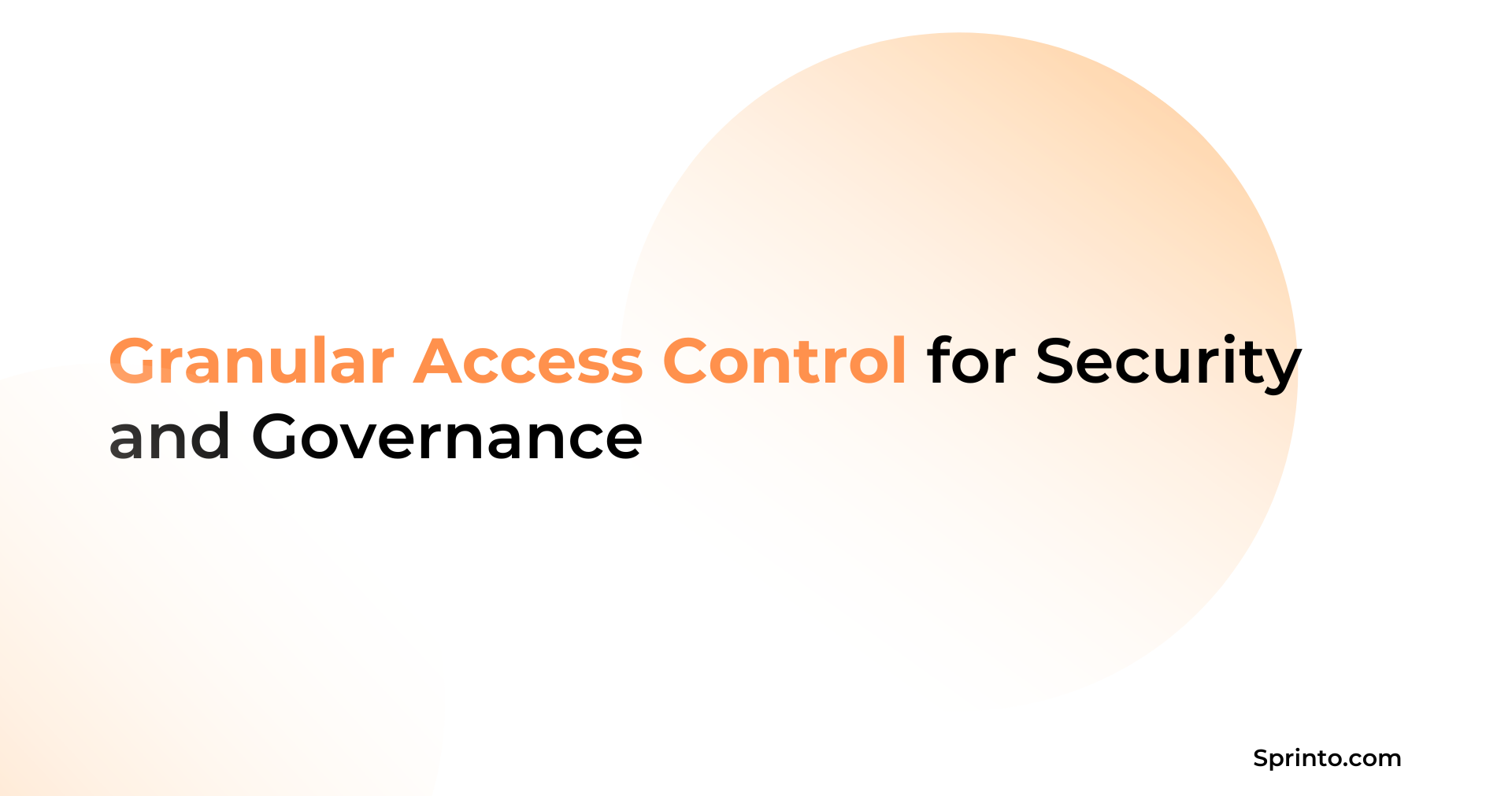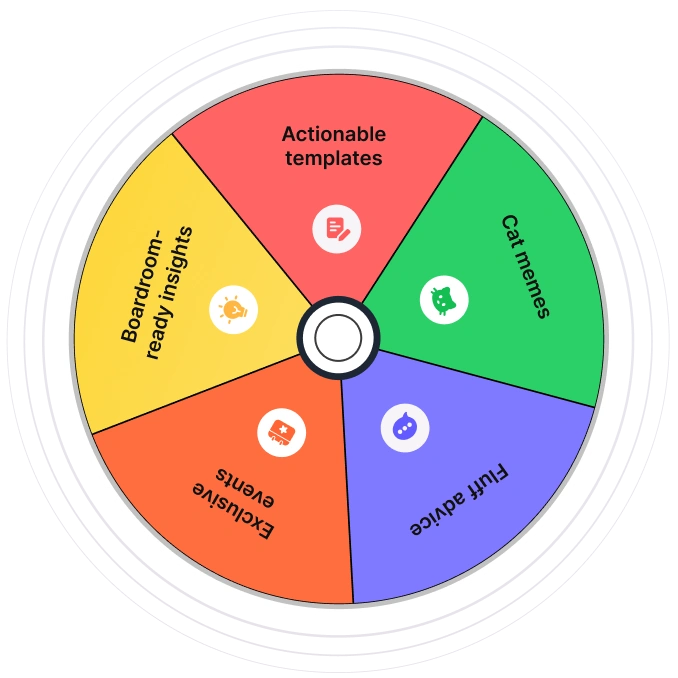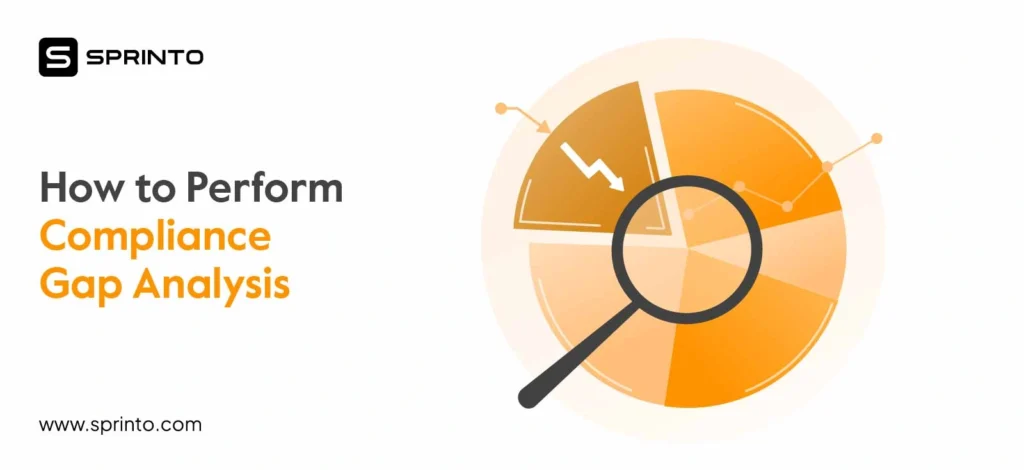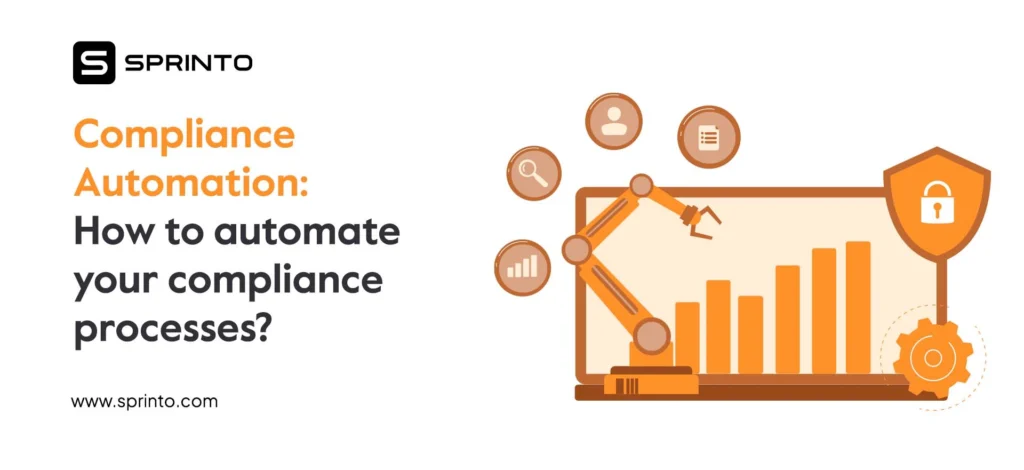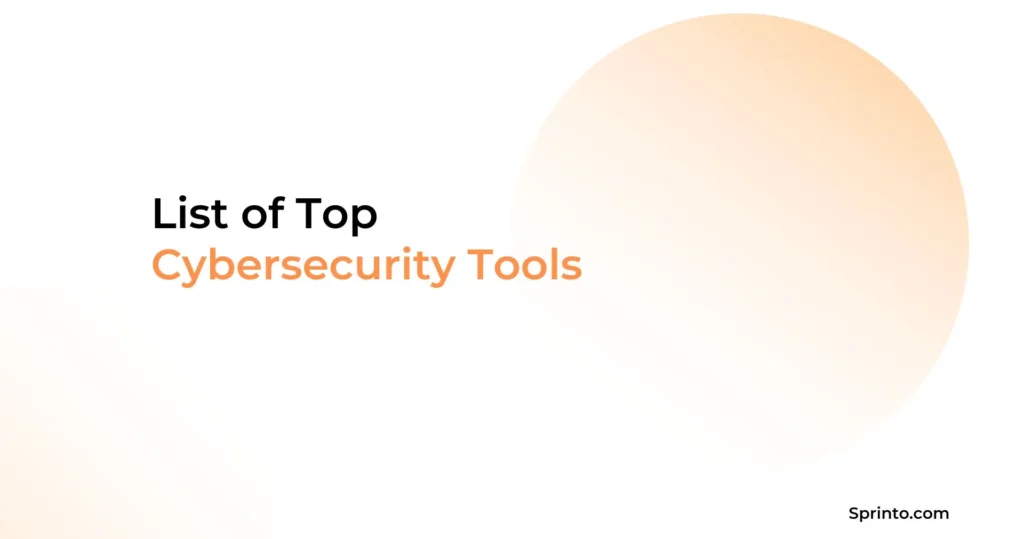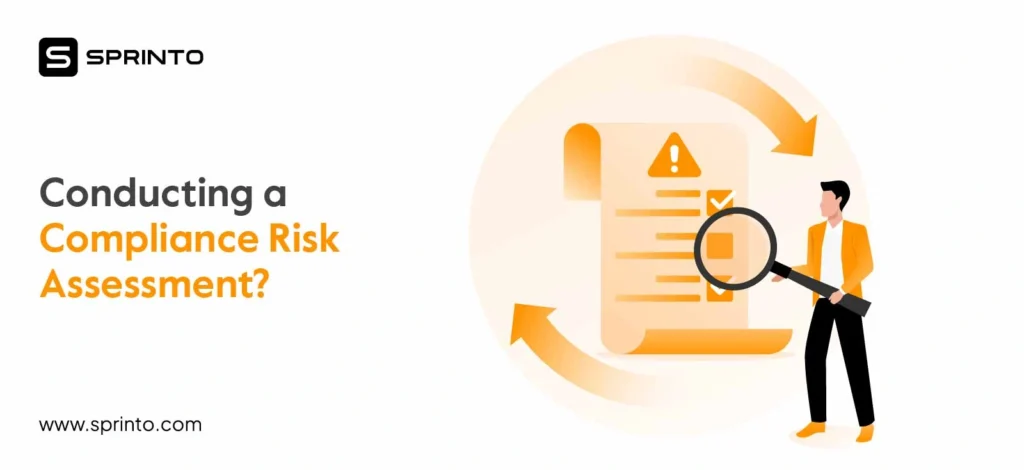Giving every employee full access to all your IT systems, from databases to dev-ops, is convenient, but also a security nightmare. Unfortunately, that’s exactly what happens with broad access controls; privileges are too generous and not tailored to actual needs.
Granular access control gives employees custom access that opens only the specific systems and processes they require to do their job, under the conditions you set. The goal is to tighten security by removing unnecessary access and enforcing the principle of least privilege at every turn.
TL;DR
| Granular access control is a fine-grained approach to permissions, giving each user exactly the access they need, nothing more, nothing less. This precise control removes excessive access and minimizes security gaps. |
| Granular policies are highly flexible and context-aware (by role, time, location), whereas broad access is one-size-fits-all and often over-provisions users. Fine-grained control boosts security and compliance but requires careful planning. |
| Practical granular access answers ‘Who’ can access ‘What’ resource, ‘When’ and ‘Where’ they can do so, ‘How’ they must authenticate, and ‘Why’ access is needed. Organizations implement zero-trust style defenses by enforcing the principle of least privilege at all these levels. |
| Key benefits: Stronger security for sensitive data (reducing breach and insider threat risks), easier regulatory compliance via detailed audit trails, greater flexibility to adapt access based on context, and improved monitoring of user actions. |
What is Granular Access Control?
Granular access control means managing user permissions at a highly detailed level. Organizations gain fine-tuned control over which users or sessions can perform which actions on which resources, under specified conditions.
This involves creating rules based on attributes like user roles, department, seniority, location, device, time of request, and so on, rather than blanket privileges. This process removes excess access and only grants what’s necessary for each user’s responsibilities.
Granular (Fine-Grained) vs Broad (Coarse-Grained) Access Control
Granular access controls offer precision, security, and flexibility at the cost of greater upfront effort in configuration. Coarse-grained controls are quicker to implement and maintain in small environments, but they often grant overly broad access to employees and can become a blunt instrument as complexity grows.
Design: Highlight “Granular Access Control” column in table below.
| Granular Access Control (Fine-Grained) | Broad Access Control (Coarse-Grained) | |
| Permission Scope | Resource-level, action-specific permissions (files, APIs, fields). | High-level, all-or-nothing access to systems or modules. |
| Decision Factors | Multiple attributes (role, department, time, location, device) used for context-aware rules. | Based mainly on static role/group membership. |
| Security | Enforces least privilege; limits unauthorized access and abnormal behavior. | Often grants excess privileges; higher risk if accounts are compromised. |
| Monitoring & Audit | Detailed logging of who did what, when, and where; supports real-time alerts. | Basic audit logs; difficult to see exact data or actions accessed. |
| Adaptability | Easily updated; supports just-in-time or temporary access. | Changes require role rework; prone to ‘role explosion’ and exceptions. |
| Administrative Effort | Needs careful planning; simplified with automation tools. | Simple to set up, but hard to maintain at scale. |
From a risk perspective, the fine-grained approach significantly lowers the fallout of any single compromised account. For example, if a helpdesk agent’s account is breached under coarse control, an attacker might roam through entire systems.
Under granular control, that same account can be tightly limited – it can only view user profiles but not financial info, only during business hours, and never delete data.
How Granular Access Control Works: The Six Ws Framework
Granular access control can be defined by answering these six key questions about any access request: Who, What, How, Where, When, and Why. This ‘Six W’s framework’ ensures you’ve considered every critical angle of controlling access. Let’s look at each element:
Design: Two rows of three cards, each card with an icon, short heading (“Who”), and below summary. Clicking expands to full explanation.
- Who: This defines which individuals, roles, or user groups can access a resource. In granular models, it’s determined dynamically through roles and attributes (like department, clearance level, or employment status)
- What: Specifies exactly what those users can do once access is granted. This could be as narrow as ‘read-only access to a single database table’ or ‘permission to update code in a specific repository.’ The more granular you are about actions (read, write, delete, configure), the less chance of accidental or malicious misuse.
- How: Outlines the method and security conditions for gaining access.
- Where: Defines the approved locations or networks from which access is allowed. This makes it less likely that credentials from an unknown or suspicious location will succeed.
- When: Sets time-based boundaries for access.
- Why: Have a clear business justification. The ‘why’ ensures permissions aren’t granted just out of convenience or habit, reducing ‘privilege creep’. Documenting the reason also makes audits smoother and policies easier to review and refine.
Benefits of Granular Access Control
Implementing granular access control can feel like extra work upfront, but it pays off immensely in security, compliance, and even efficiency. Here are the key benefits and value propositions:
1. Stronger security
By limiting access to exactly what’s needed, the attack surface shrinks, reducing and reduces the potential damage and lateral reach of a compromised account.
2. Regulatory compliance
Detailed, context and role based access controls align with requirements in SOC 2, ISO 27001, HIPAA, and other frameworks. With Sprinto’s Trust Center, auditors get clear evidence that sensitive data is only available to authorized personnel.
3. Insider threat mitigation
Restricting permissions reduces the opportunity for intentional and accidental misuse by employees or contractors. Unusual access attempts can be spotted and stopped more easily.
4. Operational efficiency
Onboarding, role changes, and offboarding are streamlined when permissions are tied to predefined roles and attributes. IT teams spend less time manually adjusting access.
5. Flexibility
Granular models are highly adaptable to new tools, teams, and regulations. You can fine-tune access for new resources or tighten controls quickly in response to emerging threats.
6. Improved visibility
Detailed logs of who accessed what, when, and from where give security teams insight into user behavior and allow them to investigate incidents in detail.
With regulatory standards and cyber threats both demanding stricter controls, ‘all-access’ approaches often leave users vulnerable or out of compliance. It is highly recommended that users move to more fine-grained, data-centric access control, especially for sensitive data and critical systems.
Best Practices to Implement Granular Access Control
Implementing granular access control is as much about process and governance as technology. Here are some best practices and factors to consider when rolling out fine-grained access policies in your organization:
1. Identify assets and classify data
Start by taking a clear inventory of your systems and data. Classify information based on sensitivity and apply stricter controls to high-risk assets.
2. Apply least privilege
Always default to the minimum access necessary. If additional rights are needed, grant them temporarily rather than permanently.
3. Design balanced roles
Roles should be specific enough to enforce security but broad enough to manage efficiently. Avoid overly broad ‘superuser’ roles and overly fragmented roles for every minor task.
4. Use attribute-based controls
Add context-based conditions like location, device type, or time to your role-based rules. This extra layer makes policies adaptable without having to create new roles.
5. Enforce strong authentication
Protect all sensitive actions with MFA, verified devices, and identity protocols (like Security Assertion Markup Language (SAML) or OpenID Connect (OIDC)). This ensures you can trust the ‘who’ in every access request.
6. Implement just-in-time access
To limit exposure, provide elevated permissions only when they’re actively needed and revoke them automatically after a short period.
7. Monitor & audit regularly
Track all access events, review permissions periodically, and investigate anomalies. Automated alerts for policy violations can prevent issues from escalating.
8. Educate your team
Ensure users understand the importance of these controls and how to request access properly. A security-aware culture supports the technical safeguards in place.
9. Automate where possible
Use access management tools like Sprinto to centralize policy management, enforce rules across systems, and produce audit-ready reports without manual effort.
Granular Access Control Examples
A few scenarios that illustrate the contrast between granular and broad access control and highlight the practical benefits:
1. Finance data segmentation
A SaaS company’s finance database holds customer billing and employee salary data.
Granular access separates permissions by data domain; billing clerks can query only invoices, while payroll managers can access only salary records. Sensitive personal fields are masked unless explicitly allowed. Segmentation protects privacy, satisfies GDPR/SOC 2 requirements, and produces clean audit logs showing exactly who accessed what.
2. Contextual DevOps access
An IT services firm removes persistent admin rights for production servers. Engineers access via VPN, MFA, and manager approval. Access is time-bound, all actions are logged, and elevated rights automatically expire.
This granular approach enforces zero-trust principles, narrows breach windows, and ensures every high-privilege action is attributable to an individual session. This improves security governance and audit readiness while enabling DevOps teams to respond quickly to operational needs.
3. Temporary vendor accounts
A company engages a marketing agency needing access to Google Analytics and a shared folder for two months.
Granular policies create vendor accounts with view-only analytics roles, folder-specific permissions, and time-based expiration. Accounts are geo-restricted and limited to business hours. Vendors get only what’s needed, and the risk of forgotten accounts is removed. It also supports compliance controls for third-party data access, keeping internal resources securely segmented.
Elevate Your Access Controls with Sprinto!
Granular Access Control helps organizations operate confidently, but its detailed policies require strong governance and the right tools to manage effectively. While defining these rules is challenging, the benefits of granular control ultimately outweigh the drawbacks for most medium and large organizations.
Sprinto’s customizable access management solution helps you implement fine-grained, zero-trust policies with ease. You get the benefits of granular security without the headache. You can also safeguard sensitive data and satisfy auditors painlessly through the Trust Center.
FAQs
1. What is the most granular type of access control?
Attribute-Based Access Control (ABAC) is the most granular. It uses multiple attributes, such as user role, device, location, and time, to configure precise authorization rules. This lets you specify resources and set fine controls over access levels.
2. What does Granular Permission Control mean?
It means configuring highly specific permissions so users can only perform authorized actions on approved resources. Customizing authentication and authorization to the context of each request enhances precision, flexibility, and security.
3. Why do organizations need Granular Permission Control?
To reduce attack surfaces, strengthen governance, and protect sensitive data by restricting access to defined resources. This limits excess privileges and enables real-time monitoring for anomalies.
4. How can Granular Permission Control support least privilege principles?
By configuring permissions to match exactly what a role or identity requires. It dynamically adjusts access levels based on identity validation and context, ensuring users never have unnecessary rights.
5. What are the compliance benefits of implementing fine-grained access policies?
Fine-grained policies create detailed audit trails, map directly to compliance requirements in SOC 2, ISO 27001, HIPAA, and PCI-DSS, and improve policy enforcement. The policies establish strong security governance through documented authentication, authorization, and access reviews.
6. How do I audit Granular Permission Controls across microservices?
Centralize configuration and monitoring using identity governance or compliance automation tools. Platforms like Sprinto integrate with microservices, enforce resource-specific policies, log every access level change, and provide ready-to-use audit reports.
Srikar Sai
Srikar Sai turns cybersecurity chaos into clarity. As a Senior Content Marketer at Sprinto, he cuts through the jargon to help people grasp why security matters and how to act on it. He’s particularly drawn to the intersection of tech and business. Outside of work, he does what most people do: a mix of the mundane and the occasionally exciting. Some days it’s trekking or exploring someplace new; some days it’s catching up on his favorite shows, tinkering with something random, or getting lost in whatever piques his curiosity.
Explore more
research & insights curated to help you earn a seat at the table.



